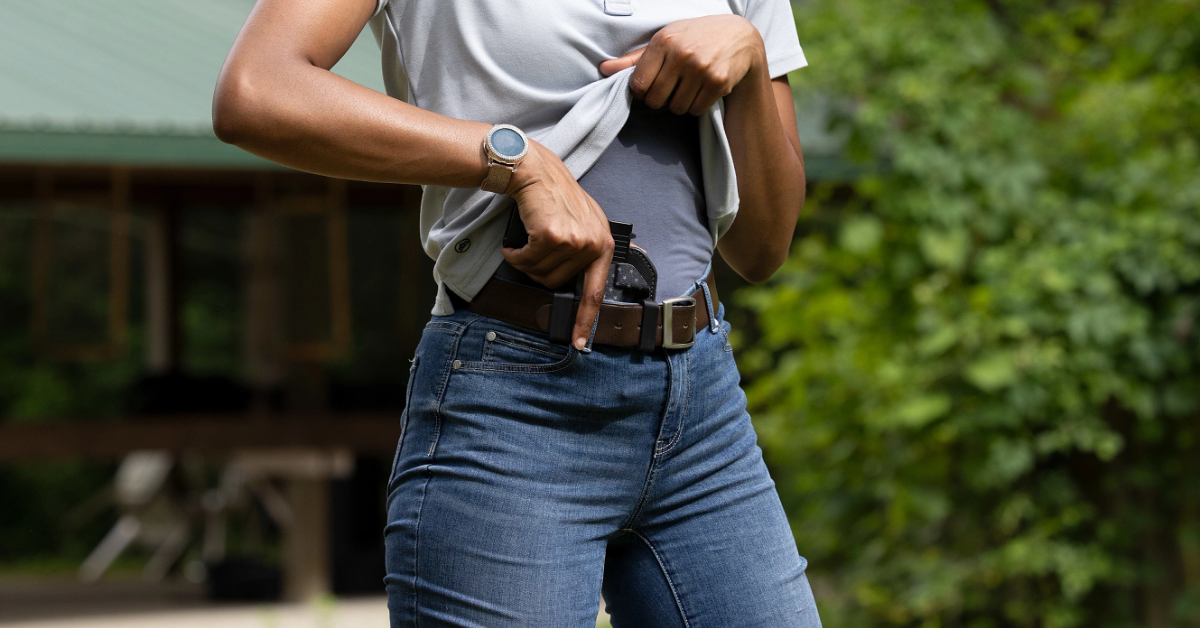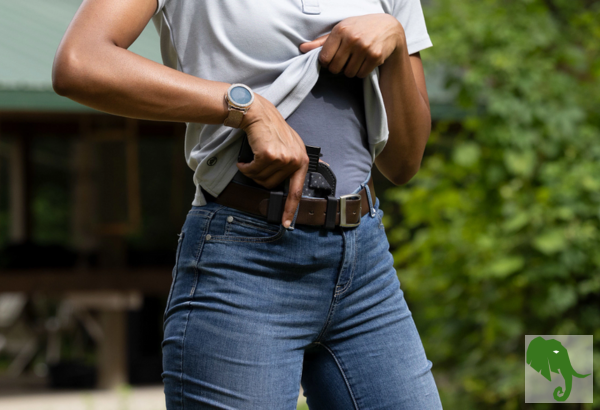
Choosing the right concealed carry method is a critical decision for responsible gun owners. Among the various carry positions, Appendix Inside the Waistband (AIWB) carry has gained widespread attention in recent years. Positioned at the 1:00 position (for right-handed shooters) or 11:00 (for left-handed shooters), this carry style offers distinct advantages in speed, accessibility, and concealability. However, it also presents challenges, particularly regarding comfort and safety.
In this article, we’ll examine the pros and cons of appendix carry, discuss key safety considerations, and help you determine if it’s the right choice for your concealed carry needs and lifestyle. Whether you’re a seasoned gun owner or new to concealed carry, understanding the nuances of AIWB will ensure you make an informed decision about your personal defense strategy.
Types of Holsters
Before diving into appendix carry, it’s important to understand different holster types and which ones support safe AIWB carry.
- Front Pocket Holster – Pistols that are small enough to fit in your front pocket must be placed in a holster for safety. Most pocket holsters do not have a clip to hold them in place, as they are designed for deep concealment. This type of holster is not suitable for appendix carry.
- Back Pocket Holster – Designed to look like a wallet, these holsters may have a flap or panel for concealment and easier draw access. While back pocket holsters can accommodate small to medium-sized guns, they are not ideal for appendix carry.
- Paddle Holster – These are made for Outside the Waistband (OWB) carry and feature a curved paddle that fits against the body. Since the holster itself sits outside the waistband, it is not suitable for appendix carry.
- Hip Holster or Belt Holster – Worn on the strong side of the body, these holsters can be either Inside the Waistband (IWB) or OWB. While OWB versions are not ideal for appendix carry, some IWB holsters can be used in the appendix position, though they may lack features that enhance AIWB concealment.
- Appendix Inside the Waistband (AIWB) Holster – Specifically designed for AIWB carry, these holsters often include features like a wedge or claw that press the firearm closer to the body for better concealment. While some standard IWB holsters can be used for appendix carry, AIWB-specific models typically offer superior comfort and security.
This is not a complete list, but it provides an overview of holsters designed to fit close to the body. Finding the right holster that fits your needs is crucial if you prefer a carry position other than appendix.
Appendix Carry
Appendix carry refers to carrying a firearm in the front of the waistband, near the appendix area. Unlike strong-side carry (3-5 o’clock position) or small-of-back carry, AIWB allows for a faster draw and better weapon retention. While this method has been around for decades, advancements in holster design and a growing emphasis on self-defense efficiency have led to its increased popularity among everyday carriers.
The rise in AIWB’s popularity can be attributed to improvements in holster technology, the influence of experienced firearms instructors, and the demand for a carry method that allows for faster weapon deployment. Yet, appendix carry is not a one-size-fits-all solution. Factors such as body type, daily activities, and holster selection all play a significant role in determining whether AIWB is the best option for an individual.
Pros of Appendix Carry
- Faster Draw Speed
- The natural positioning of AIWB allows for a quicker and more efficient draw, especially when seated or in confined spaces.
- Better Weapon Retention
- The firearm remains in a more controlled position, reducing the risk of an attacker grabbing it compared to carrying on the hip or back.
- Easier to Conceal
- AIWB often reduces printing, making it easier to conceal under a T-shirt or light jacket compared to traditional strong-side carry.
- Comfort While Seated
- Unlike carrying at the 4-5 o’clock position, which can dig into the back when sitting, with the right body type, appendix carry is often more comfortable for driving or office work.
Cons of Appendix Carry
- Discomfort for Some Body Types
- Appendix carry can be less comfortable for individuals with a larger midsection or certain body shapes.
- Potential Safety Concerns
- Since the firearm is positioned near vital arteries and organs, a negligent discharge during reholstering can be particularly dangerous.
- Limited Holster Options
- Not all holsters are designed for AIWB, and using an improper holster can compromise safety and comfort.
- May Require Wardrobe Adjustments
- Tight or stiff clothing can make appendix carry less practical, requiring some carriers to modify their wardrobe choices.
Safety Considerations
- Proper Holster Selection
- Use a high-quality AIWB holster that fully covers the trigger guard, has good retention, and provides a comfortable fit against the body.
- Reholstering Techniques
- The most common safety issue with appendix carry is negligent discharge while reholstering. Follow these steps for safer reholstering:
- Slow down and be deliberate.
- Clear your cover garment completely.
- Tilt your hips forward slightly to create space between the muzzle and your body.
- Visually confirm the holster is clear before inserting the firearm.
- The most common safety issue with appendix carry is negligent discharge while reholstering. Follow these steps for safer reholstering:
- Training & Practice
- Regular dry-fire and live-fire practice will help develop safe and efficient draw and reholstering techniques. Consider professional training for AIWB-specific drills.
- Firearm Selection
- Some firearms are better suited for appendix carry than others. Consider models with:
- Internal or manual safeties.
- A trigger weight appropriate for concealed carry.
- A size that balances concealability with ease of access.
- Some firearms are better suited for appendix carry than others. Consider models with:
Appendix Carry, Is it Right for You?
Appendix carry offers significant benefits in terms of speed, concealment, and retention, but it’s not the best option for everyone. Factors such as body type, clothing choices, daily activities, and training level all play a role in determining whether AIWB is the right carry method for you.
As a bigger guy with a “healthy stomach,” I sometimes find appendix carry uncomfortable, especially after a hearty meal. Sitting for long periods, particularly when driving or in places where I can’t stretch my legs, makes it difficult to keep my holster in the appendix position. However, I prefer appendix carry for its concealability, so when I sit, I often shift my holster to my hip.
In the summer, when I wear lighter clothing, appendix carry becomes more challenging. If I move my pistol to my hip, a form-fitting shirt can cause printing, the grip of the gun showing through the fabric, making concealment more difficult.
But does this mean bigger guys can’t appendix carry comfortably? Not at all! There are many variables that impact comfort, including holster style and firearm size. Personally, I find that my Sig Sauer P365 X Macro works well for appendix carry because its smaller frame is more comfortable than a compact or full-size pistol. I also use an appendix holster with a claw attachment, which helps tuck the grip closer to my body, improving concealment.
Conclusion
Appendix carry can be an effective and practical method of concealed carry, but it requires proper gear, training, and discipline. The right holster, firearm, and clothing choices can make all the difference in comfort and concealability. If you’re considering AIWB, take the time to experiment with different holster styles, practice safe drawing and reholstering techniques, and seek professional training when possible.
Ultimately, the best carry method is the one that works for you, your body type, and your lifestyle. Whether you choose appendix carry or another method, responsible carry practices should always be the top priority.
Related Articles
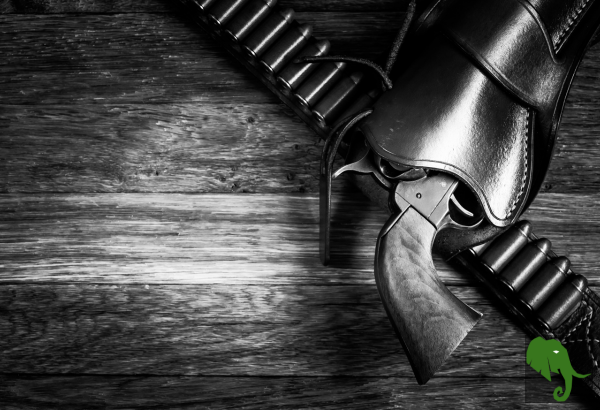
Holsters Enhance Pistol Carry Safety
If you are carrying a pistol for defensive purposes, on- or off-body, that pistol generally needs to be in a holster, especially when it is …
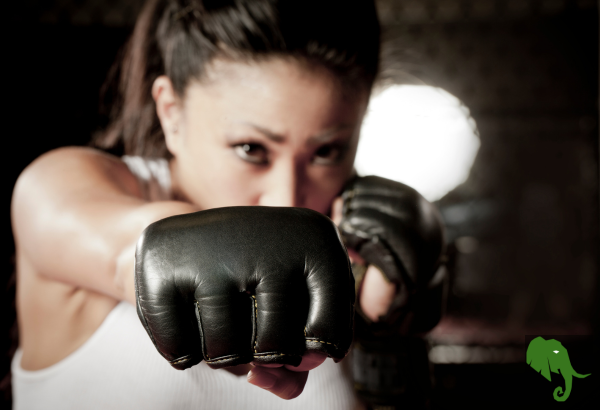
The Ultimate Self-Defense Tools
Overview Season 2, Episode 18 In this riveting episode of the Self-Initiative Project Podcast, join host Jim as he delves into the nuances of self-defense,…
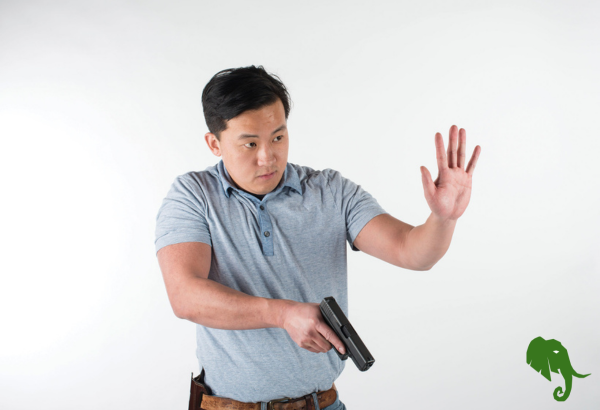
Conflict Avoidance and Use of Deadly Force
The new year has arrived, and if you’ve been following the news, you know that many changes are taking place. Speculation about how these changes…

Read other OwnGuard Solutions blog posts
Read our other posts centered around being safer and better prepared.

